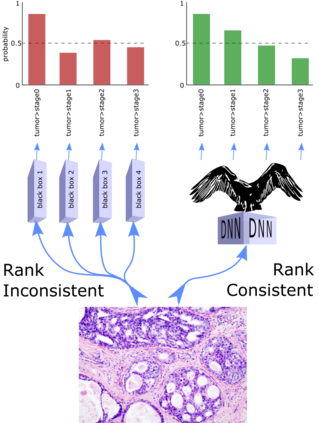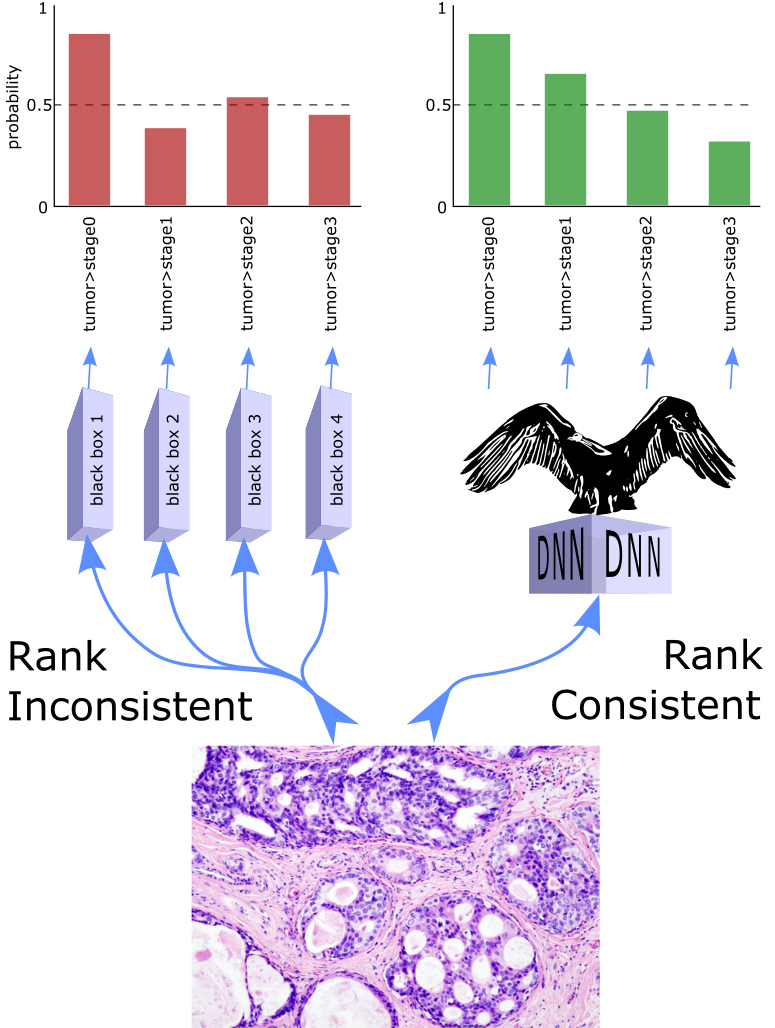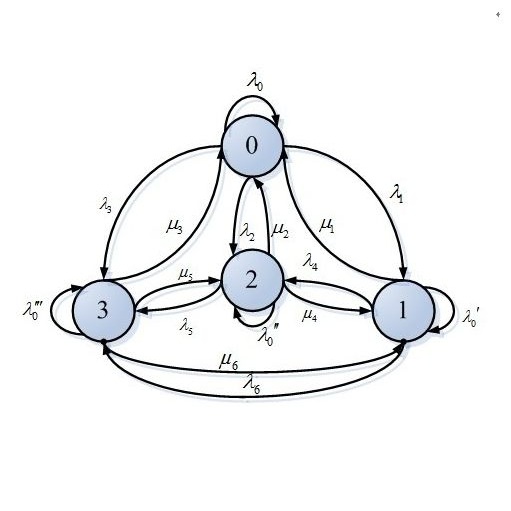Despite the pervasiveness of ordinal labels in supervised learning, it remains common practice in deep learning to treat such problems as categorical classification using the categorical cross entropy loss. Recent methods attempting to address this issue while respecting the ordinal structure of the labels have resorted to converting ordinal regression into a series of extended binary classification subtasks. However, the adoption of such methods remains inconsistent due to theoretical and practical limitations. Here we address these limitations by demonstrating that the subtask probabilities form a Markov chain. We show how to straightforwardly modify neural network architectures to exploit this fact and thereby constrain predictions to be universally rank consistent. We furthermore prove that all rank consistent solutions can be represented within this formulation. Using diverse benchmarks and the real-world application of a specialized recurrent neural network for COVID-19 prognosis, we demonstrate the practical superiority of this method versus the current state-of-the-art. The method is open sourced as user-friendly PyTorch and TensorFlow packages.
翻译:尽管在受监督的学习中,星体标签普遍存在,但在深层次的学习中,处理诸如使用绝对的横跨星体损失进行绝对分类等问题,仍然是常见的做法。最近试图解决这一问题的方法在尊重标签的原体结构的同时,也试图将原体回归转换成一系列扩展的二进制分类子任务。然而,由于理论和实践的限制,采用这种方法仍然不一致。我们在这里通过证明子任务概率形成马尔科夫链条来解决这些局限性。我们展示了如何直接修改神经网络结构,以利用这一事实,从而限制预测达到普遍一致的等级。我们进一步证明,所有排位一致的解决方案都可以在这一公式中体现出来。我们使用不同的基准和用于COVID-19预测的专门经常性神经网络的实际应用,我们显示了这种方法相对于当前状态技术的优势。这种方法的来源是开放的,因为它是方便用户使用的PyTorch和TensorFlow软件包。







